QuestionQUESTION: Hi,
I received a pair of wild lovebirds from a friend about a year ago and want to tame them really bad! They grew up with 30 or 40 other lovebirds in a "community" cage. When I brought them home, they tried to lay a couple eggs but they didn't hatch. My friend told me the male was unfertile, but I didn't care, they are the two most beautiful lovebirds alive!
--The male (Pablo) is green with a red face and blue tail feathers.
--The female (Peaches) is yellow with a peach face and yellow/peach tail feathers
At first they were really wild, but after looking at some helpful Internet sites, I've made progress. I tried separating them and practicing the reward system. It worked for a little while but I didn't think it was good having to chase them around the cage and grab them with a shirt whenever they are together. They eat treats off the cage bars even if I'm holding it, but I still can't get near them without the bars between us. << THAT'S WHAT I NEED HELP ON!!
[ABOUT THEM]:
--The male is very feisty and jumps/flys all around the cage making as much noise possible when i touch the door. I caught him with the shirt once but after being bit MULTIPLE times, I put him back. (I know I'm not supposed to do that, sorry)
--The female trusts me a little more and when separated, she may go on my finger (if she feels like it).
CAN YOU HELP ME MAKE IT SO THEY ACTUALLY WANT ME TO PLAY WITH THEM PLEASE??
ANSWER: You've got two significant things working against you:
1. They are a bonded pair. Any bonded pair of birds are much, much less likely to welcome a human into their midst under any circumstances. This is one of the main reasons we refuse to cage any two birds together. We'll keep them in cages close by each other, but we discourage their mutual physical contact at all costs.
2. They came from a 'wild' background. A lifetime up to this point, of little human touch or interaction.
When you come at them with a shirt, it's a threatening gesture. We might use this to net a bird that needs to be transported or physically restrained for examination, but if we want to make 'friends' with the bird, this isn't the way to go about it.
Taking them out of the cage shouldn't be stressful and unpleasant like this. I've rescued mostly macaws (and many Eclectus) - pretty good biters - with my 'secret weapon' - OLD SOCKS.
Cut the toe out and layer a couple onto your arm, under your shirt sleeve or not, doesn't matter. Keep your hand flat and move with one smooth motion to just below the feet of the bird you're about to pick up. Say "Step Up" and gently touch your arm to the lower chest area of the bird. Their natural reaction is to step up.
Sure, they'll bite and it WILL pinch, but it won't do much harm. Stay calm, ignore it and give them an "earthquake" (shake your arm enough to distract them from the biting, but not enough to frighten them or dislodge them; they need to feel safe on your arm).
When you stop reacting to their biting, it's no longer a tool they can use to intimidate you. It doesn't mean they'll never bite again, but they really change their aggressive attitude when you stop reacting to it.
For lack of space here, please take a look at my site for more tips about interaction and solving problem behaviors. The sock trick should get you started.
I don't sell anything, promote anything and all information is complete and free
www.4AnimalCare.org (click on 'birds')
Let me know how it goes and I'll support you all the way!
---------- FOLLOW-UP ----------
QUESTION: --I figured it wasn't good they were a 'pair', but they were already laying eggs, what could i do.
--The only human interaction they had was the daily food/water changes and once a month the son would come by and sometimes bang on the cage with a stick when the father wasn't looking.
--I think i know what to do when that time comes. I've been looking at a site called Lovebirds Plus Community and was planning on using thick knit gloves to do exactly what you said. Then if that wasn't going good I would cut their wings and let them 'explore' around my room for 15min. or so twice a day, not focusing on them so they would get curious about me.
My real question was HOW DO I GET CLOSE TO THEM INSIDE THE CAGE WHEN THEIR ALL EXCITED??
(I've tried just sitting there for half an hour with my hand inside the cage. But once they settled, any slight movement would make them go crazy again. I've also tried keeping my hand moving while it's in but then they don't even settle down. HELP!! please.)
Answer Whisper. This works like a charm with every bird I've ever encountered. Some clients call me "the bird whisperer", but it's not so much magic as it is patience and understanding.
I cover their cage with an opaque material (no light can come through) - leaving just the front part uncovered. Typically I do this when it's time for 'nighttime' anyway. Give them a few minutes, up to an hour, to settle in and then slowly, quietly approach the cage. Not so that you're sneaking up on them and scare them, but in a low keyed, non-threatening manner. Preferably the lighting around you should also be dim, but not dark (except for nocturnal birds, night vision in birds is poor).
No matter what they do, even if they flail around, speak in a low voice, like you're reading a nursery rhyme to a child. Keep it calm and pleasant. Tell them what you hope for them, what you promise them, it doesn't much matter what you say, just say it nicely. They'll calm down and when they do, continue talking a little longer and try putting your hand against the cage, keeping it moving ever so slightly (I pretend I'm petting them).
This way they associate the hand movements with soothing talk, a safe environment and security.
Never move quickly around them, no jerky, sudden movements (this is why keeping children well supervised near birds is essential).
Do this every night - and when you go to uncover them in the morning.
I recommend the socks on the arms rather than a glove because they can become so used to the look of your hand with the glove on it that when you try to move them in the future without it, they may bite your hand. The socks on an arm are little different from long sleeved shirts. Just keep your hand palm down, fingers together, flat and motionless. I've never had a bird travel down the arm to bite my hand - they usually just aim for the arm.
With a big macaw I layered 3 thick socks and still got pretty badly pinched, but I remained expressionless and calm. It took only a couple of days for this long-time biter to stop biting! It took only 8 days for her to stop being a "problem screamer" as her previous home indicated she was.
4 years later - she's my permanent resident and though she has her moments, she's a pretty peaceful and loving macaw.
Patience.
Also - make sure they have no opportunity to lay eggs. No nest box, no material that looks like a nest. It's not healthy (drains the calcium from the female) and may result in egg binding which is often a terrible way to watch the female die.
Letting them fly free before you have them hand tamed isn't suggested, but having a perch or 'boingy' (spiral rope perch) hanging from the ceiling (newspapers underneath to catch droppings) is a good option.
You'll do fine. You're determined !
www.4AnimalCare.org

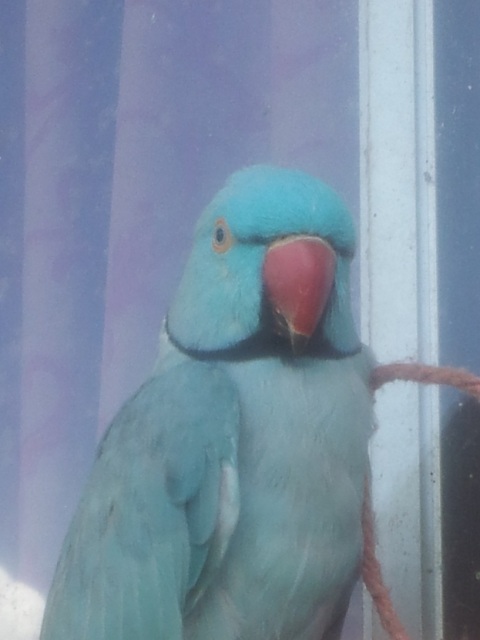 RE: Indian Ringneck probems
Question
Indy our Ringneck
Thank you for your he
RE: Indian Ringneck probems
Question
Indy our Ringneck
Thank you for your he
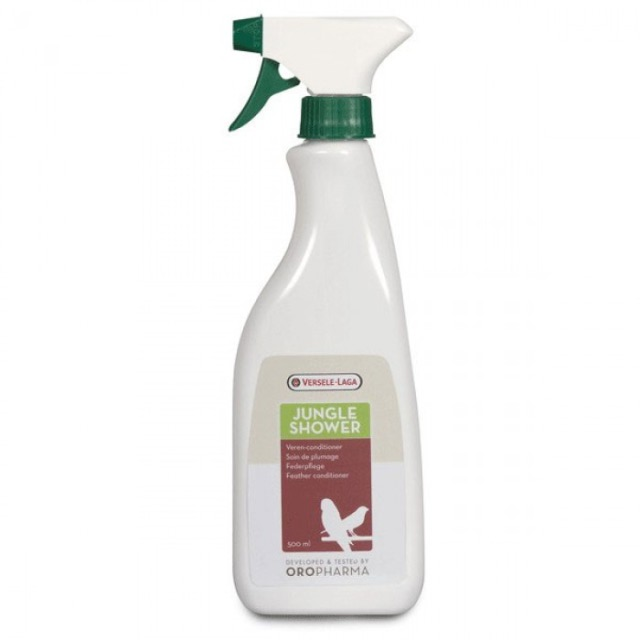 Indian Ringneck Health Issue
QuestionI have an Indian Ringneck who had been neglecte
Indian Ringneck Health Issue
QuestionI have an Indian Ringneck who had been neglecte
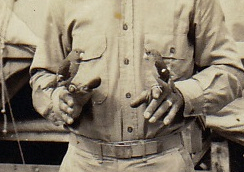 ID Birds
Question
Panama Birds
My uncle served in Panama in 1941
ID Birds
Question
Panama Birds
My uncle served in Panama in 1941
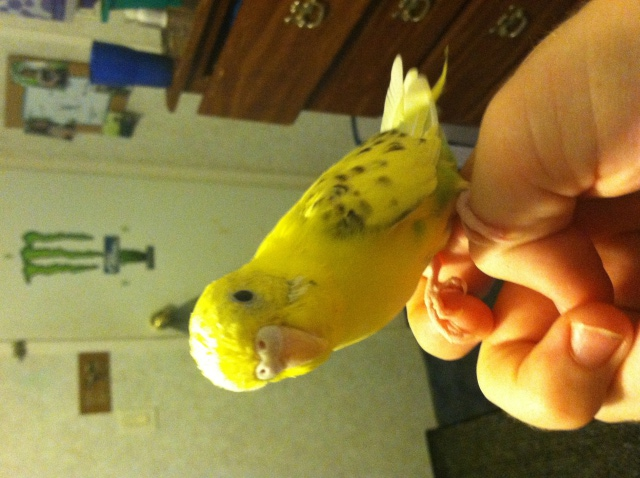 Parakeet gender
Question
Parakeet
Hi, I looked for an expert und
Parakeet gender
Question
Parakeet
Hi, I looked for an expert und
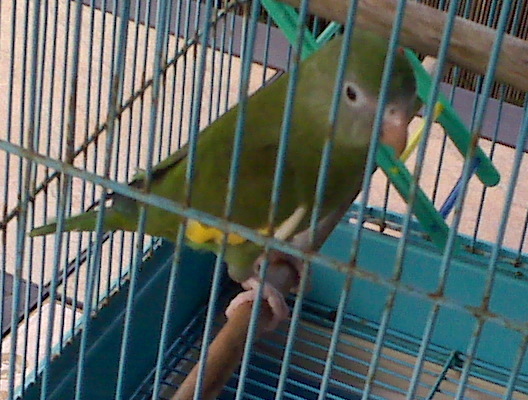 What type of parrot is this?
Question
Friendly bird
A week ago ths small parrot flew
What type of parrot is this?
Question
Friendly bird
A week ago ths small parrot flew